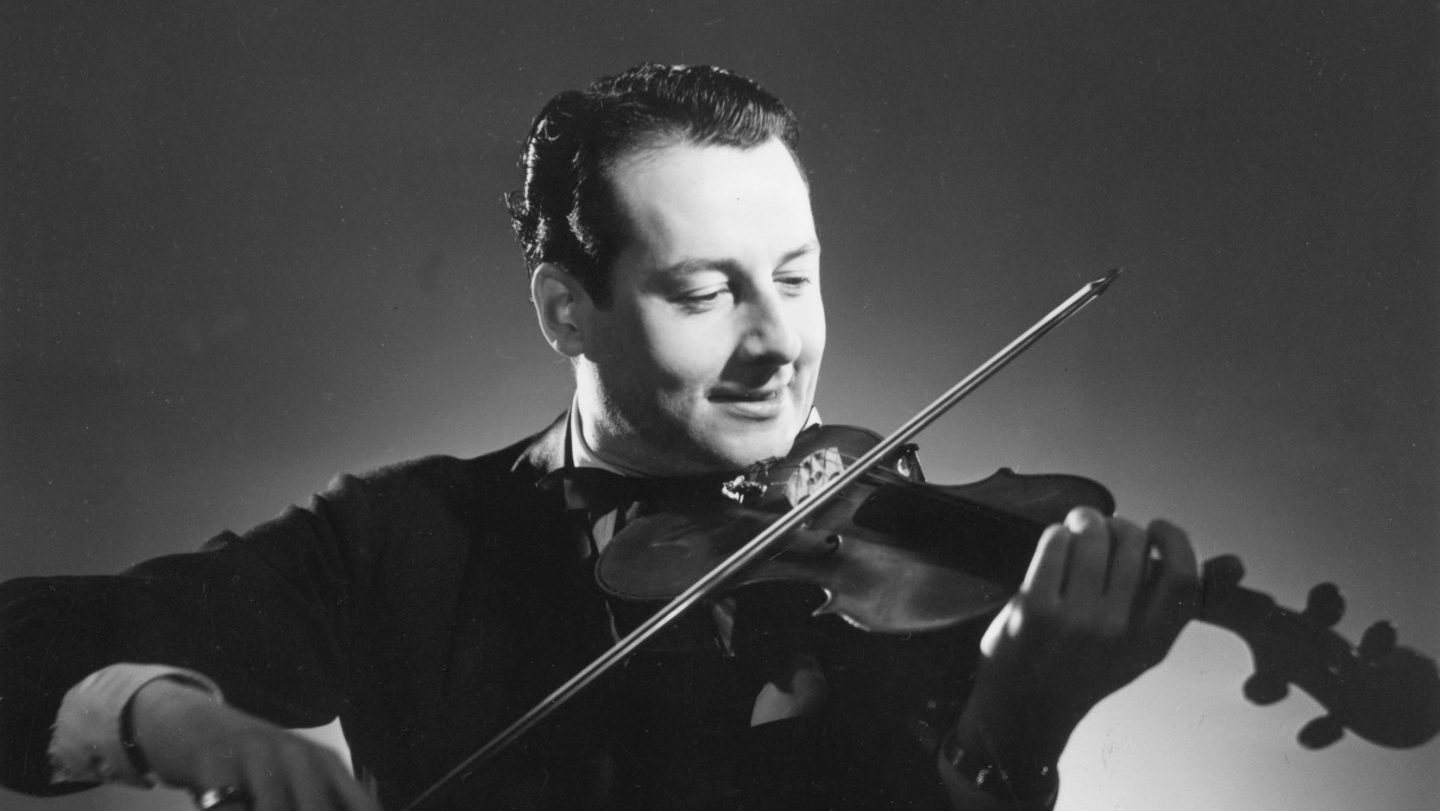The pioneering German-American linguist and anthropologist Edward Sapir was amazed by the detailed distinctions made in the topographical vocabulary of the south-west USA desert plateau Paiute languages, as spoken in north-eastern California, north-western Nevada, eastern Oregon, and southern Idaho, as well as northern Arizona, southern Nevada, and south-western Utah. He was even moved to say that the distinctions “in some cases seem almost too precise to be of practical value”.
The vocabulary of the Paiute languages includes terms for a sand-flat, a semicircular valley, a circular valley, a spot of level ground in the mountains surrounded by ridges, a plain valley surrounded by mountains, a canyon without water, a canyon with a creek, a slope of mountain or canyon wall receiving sunlight, a shaded mountain slope or canyon wall, and rolling country intersected by several small hill-ridges.
As Sapir concedes, “accurate reference to topography is a necessary thing to dwellers in an inhospitable semi-arid region; so purely practical a need as definitely locating a spring might well require reference to several features of topographical detail”.
The physical environment is also mirrored in the directional vocabulary of some island languages. Manam, an Austronesian language spoken on the island of Manam off the north coast of New Guinea, has an elaborate directional system reflecting the island habitat. Two directions are of great importance: the sea, and the interior of the island; all other directions are related to these.
The four basic directional terms are ilau “seaward”, auta “inland”, ata “to one’s right when one is facing the sea, to one’s left when one is facing inland” [ie clockwise], and awa “to one’s left when one is facing the sea, to one’s right when one is facing inland” [ie anticlockwise].
There is an additional series of directionals in Manam: elau “over there in ilau direction”, eta “over there in auta direction”, ene “over there in ata or awa direction”.
Interestingly, an ata/awa-type system has also developed during the last two centuries in a variety of English. In the dialect of the isolated South Atlantic island of Tristan da Cunha, uninhabited until 1815, the directional term “east” refers to travel around the (roughly circular volcanic) island in a clockwise direction, while “west” is employed for the anticlockwise direction.
The only human settlement on the island is on the north coast, so people heading off in the clockwise direction are initially heading east, but the directional term is actually maintained throughout the entire journey in this direction, so that people travelling west on the south coast are actually still said to be travelling “east”.
It is not known how soon after settlement this system evolved, but it was certainly well established by the 1920s. The fact that such a system developed in the span of a few generations, in a variety English which grew out of a mixture of (mostly) British dialects, none of which originally had such a system, is a powerful indicator of the extent to which language can be influenced by the environment.
CANYON
A canyon is “a narrow valley between cliffs”. The word comes from Mexican Spanish cañon, from Spanish cañon “a pipe, tube; deep hollow, gorge,” originally from Latin canna “reed”.
This usage of canyon is mostly confined to the United States: it is rare in Mexico, and totally unknown in Spain and South America.




